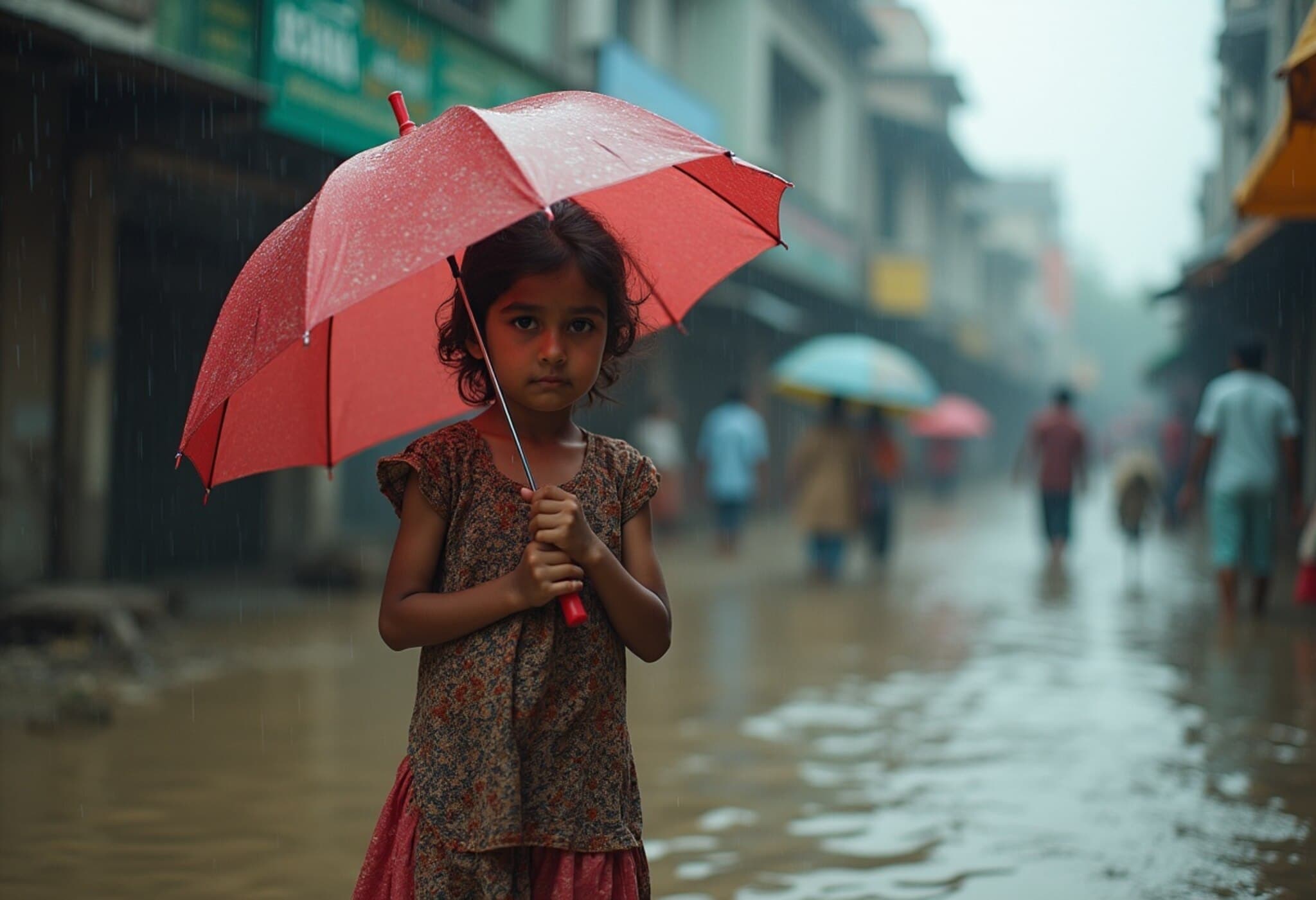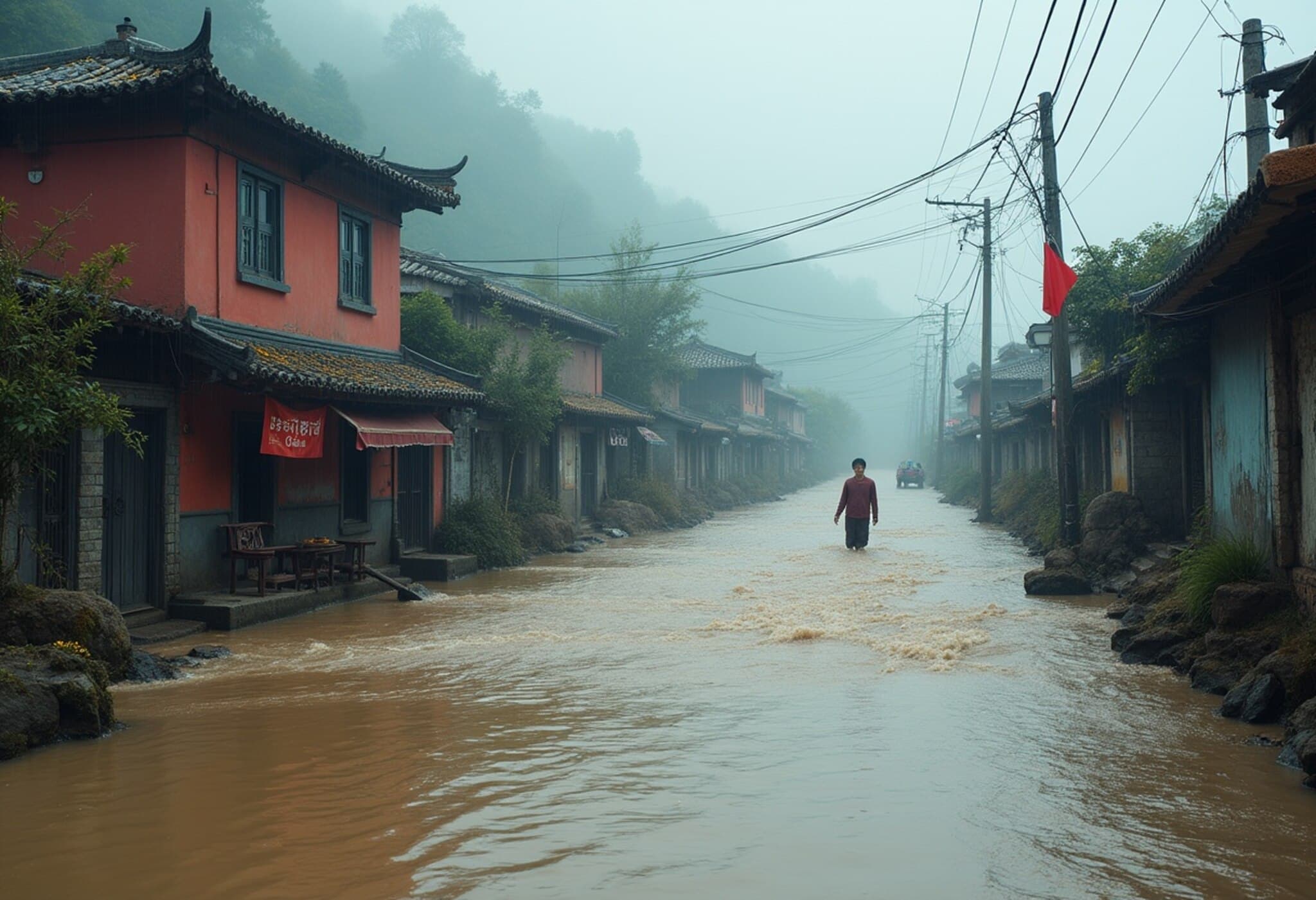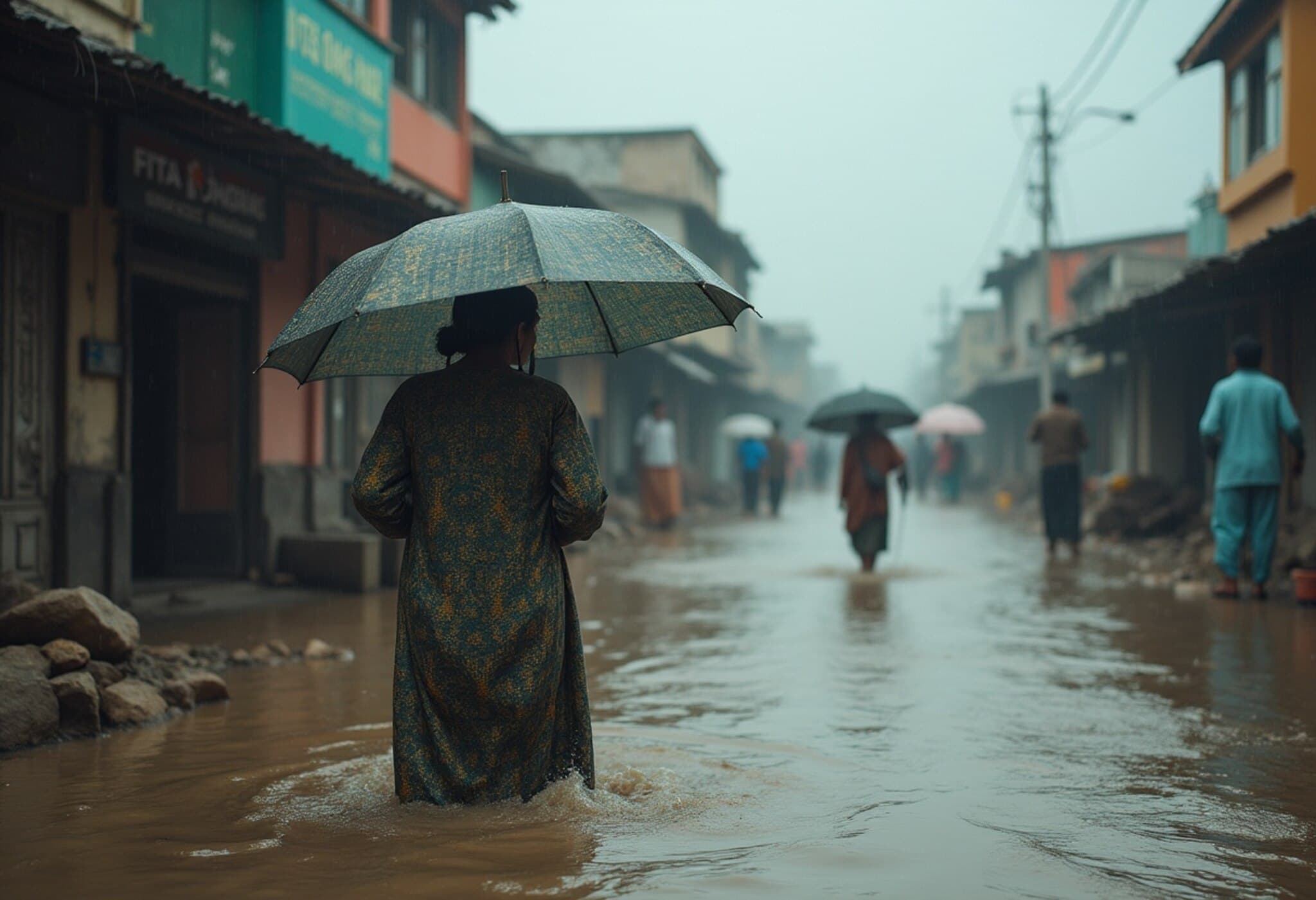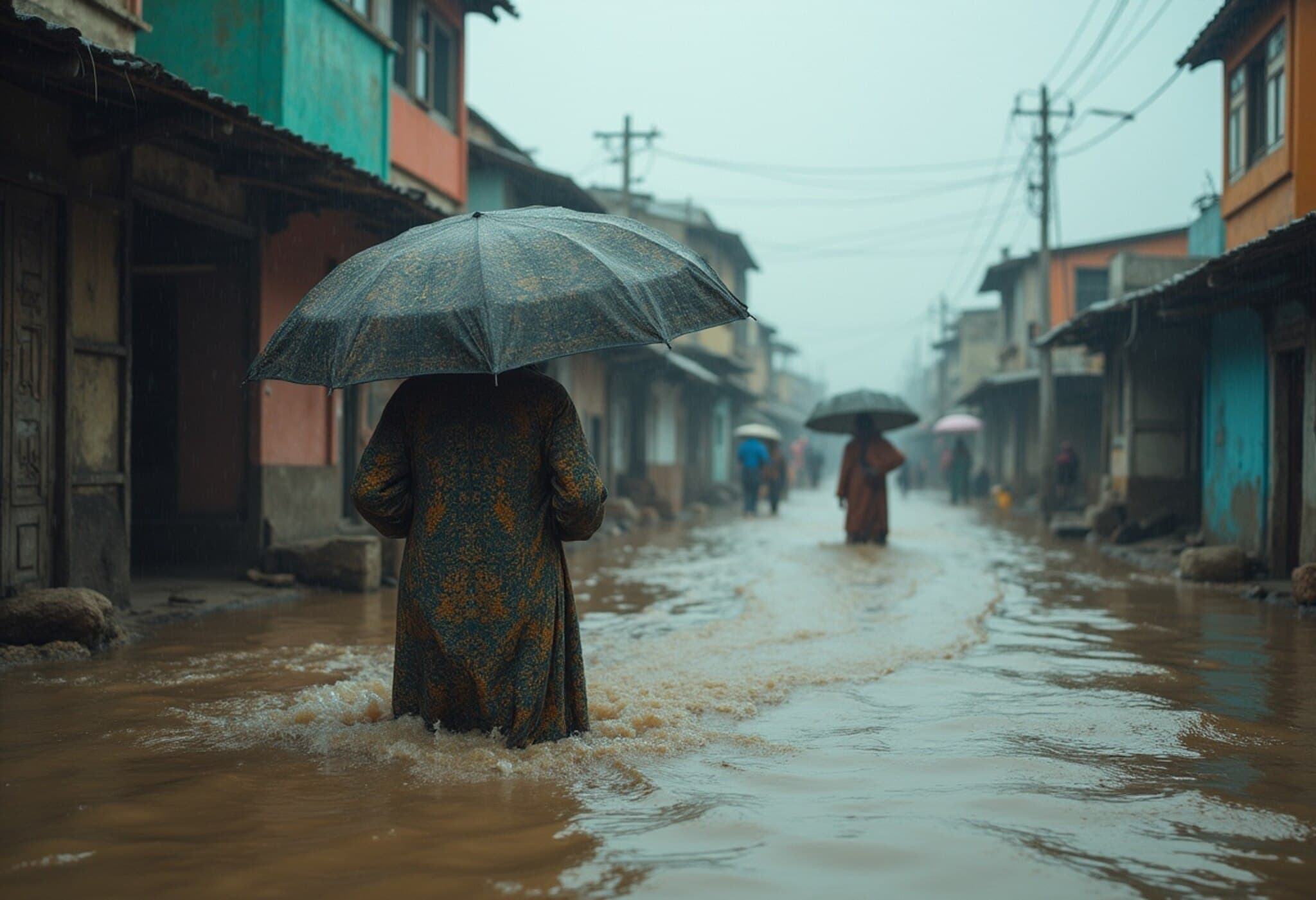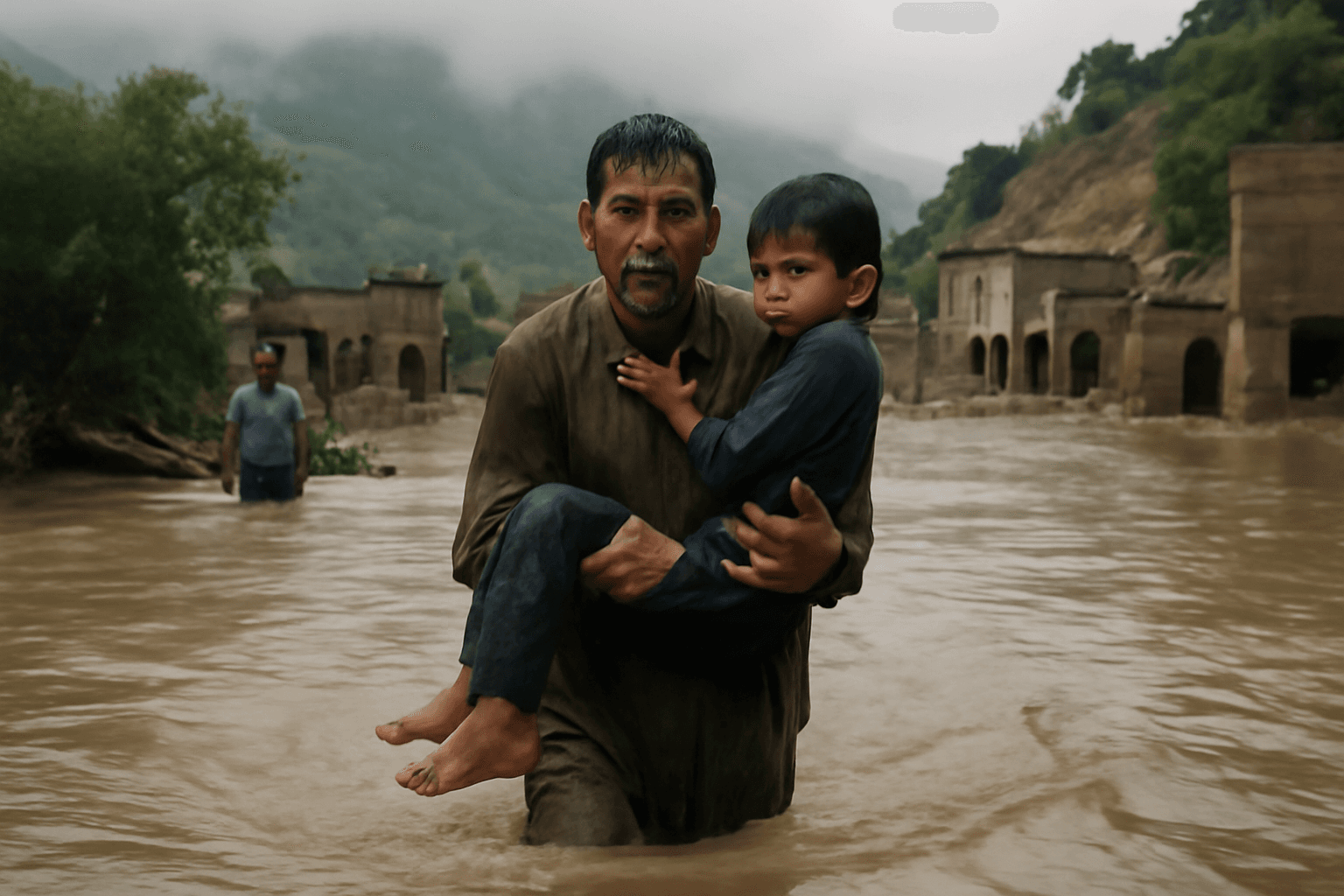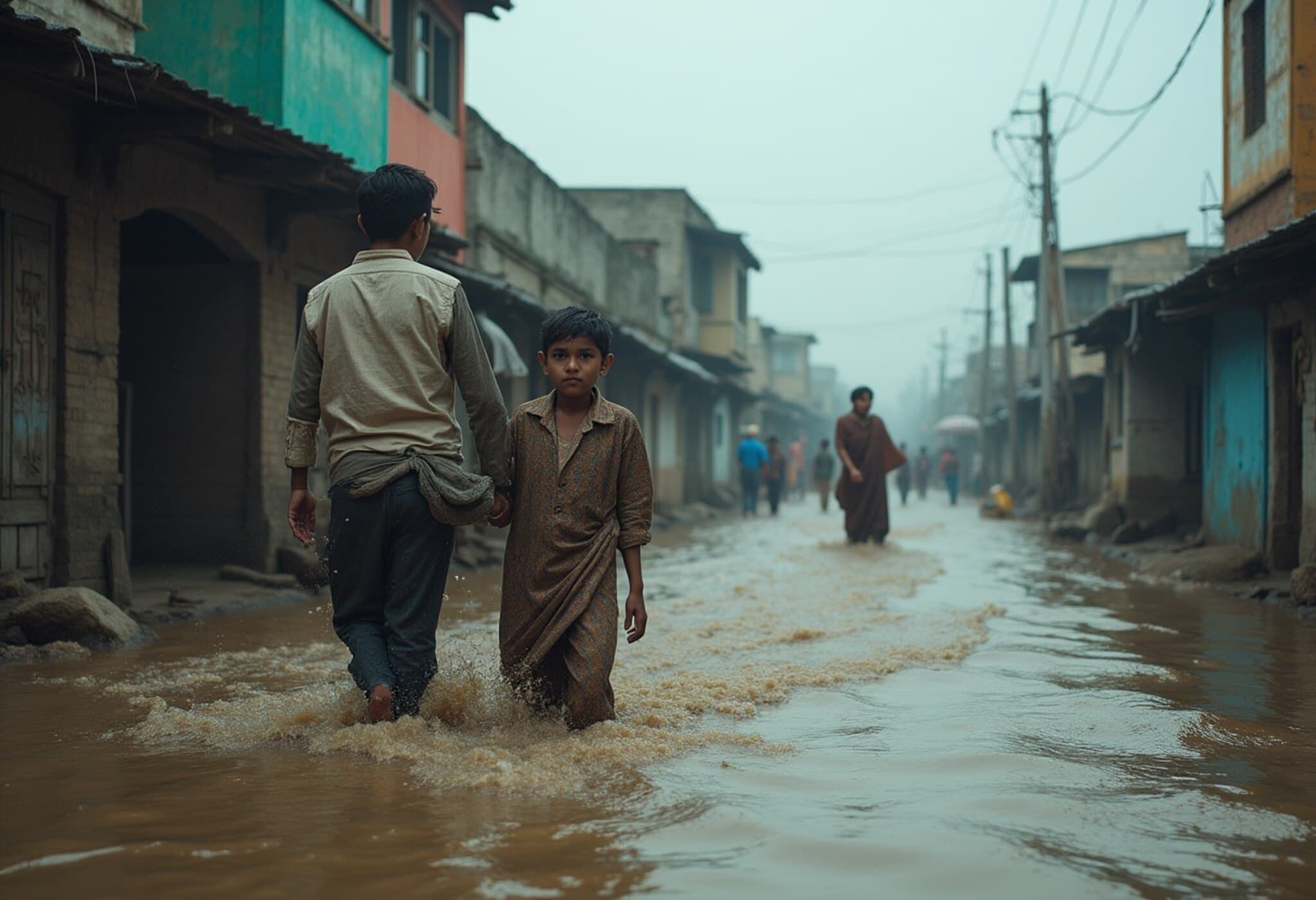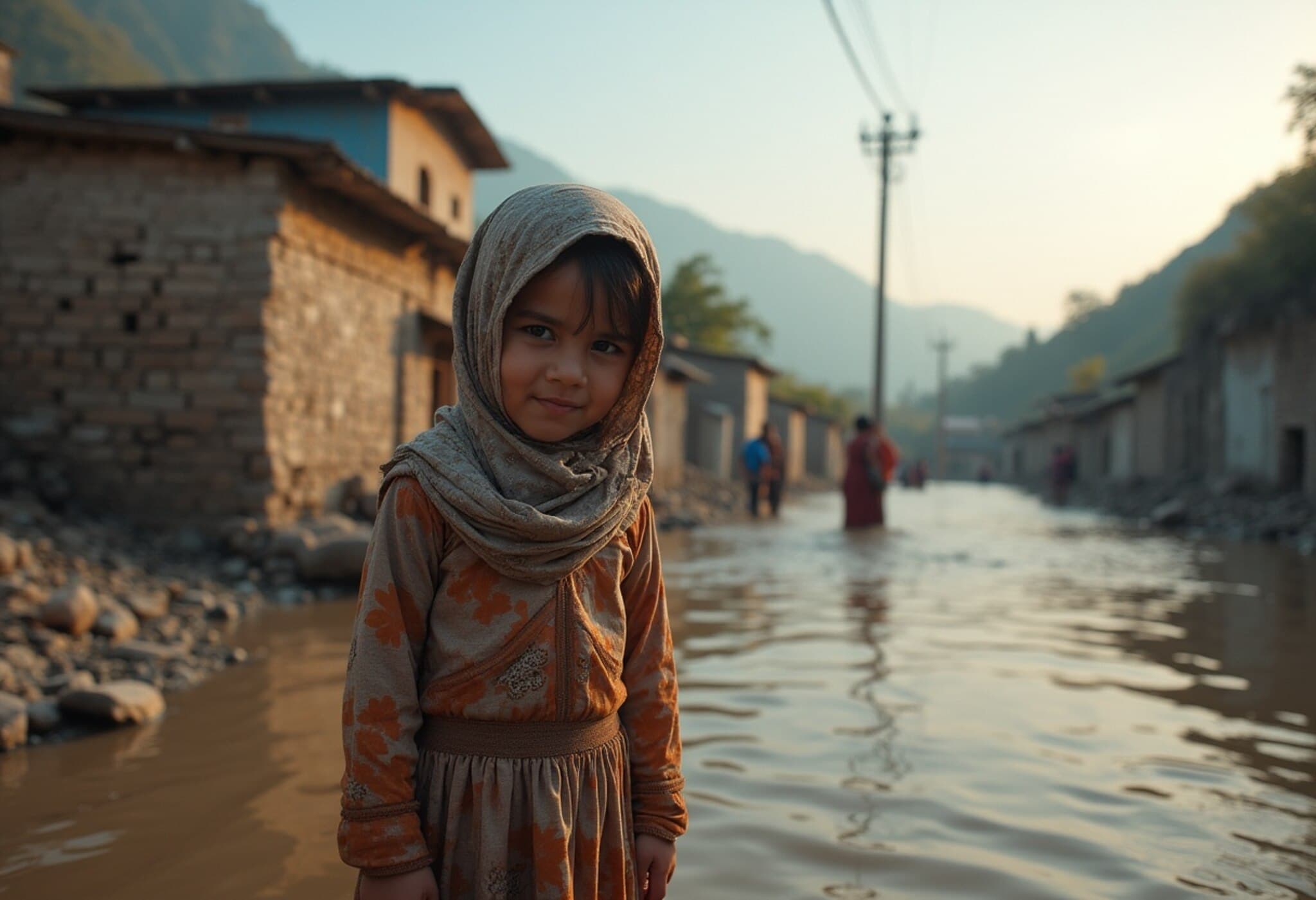Over 100 Dead as Torrential Rains Ravage Pakistan's Punjab Province
The relentless monsoon rains that have swept through Pakistan’s Punjab province since late June have left a trail of destruction and heartbreak, claiming 123 lives and injuring nearly 462 people. In the last 48 hours alone, more than 70 deaths have been recorded, underscoring the devastating intensity of this season’s downpours.
Across key urban centers—Rawalpindi, Jhelum, and Chawal—emergency response teams have mobilized to rescue over 1,000 residents trapped by fast-rising floodwaters. The Provincial Disaster Management Authority (PDMA) confirmed that many were relocated to safer grounds amidst ongoing rescue operations.
Record-Breaking Rainfall and Urban Flooding
Punjab has endured "record rainfall" levels this monsoon season, leading to severe urban flooding that has submerged homes, disrupted mobility, and strained local infrastructure. City dwellers faced flooded streets and waterlogged neighborhoods, amplifying the human and economic toll of this natural disaster.
The Pakistan Meteorological Department (PMD) has issued a bleak forecast, warning that intense rainfalls will persist. With further heavy rains predicted starting July 20th, authorities brace for additional flooding and related hazards.
Flood Alerts and Regional Impact
Beyond Punjab, PMD forecasts high-level flood risks on the River Indus, specifically near Kalabagh and Chashma, urging officials to adopt preemptive precautions. The convergence of monsoon currents and an approaching westerly wave portends sustained, widespread rainfall affecting large swaths of Pakistan including Sindh, Balochistan, and Kashmir.
- Urban Flooding Risks: Islamabad, Lahore, Sialkot, and other major cities face increased threats of urban floods, complicating emergency relief and daily life.
- Landslide Warnings: Hilly districts of Khyber Pakhtunkhwa, Murree, and Azad Jammu & Kashmir are at risk of landslides, with potential road blockages impacting rescue and aid delivery.
The Human Cost and Broader Implications
While the immediate human suffering is undeniable, these severe downpours highlight a growing concern for Pakistan’s vulnerability to climate change extremes. Experts note that intensified monsoon patterns, combined with rapid urbanization and inadequate drainage systems, exacerbate flooding risks.
From a policy perspective, the flooding crisis underscores the urgent need for improved disaster preparedness, infrastructure resilience, and sustainable urban planning. The economic toll, though not yet fully accounted, will likely resonate through agricultural losses, commerce disruptions, and long-term recovery costs.
Expert Insight: Climate Adaptation as a National Priority
Climate and disaster management specialists stress that Pakistan’s repeated climate-induced catastrophes call for integrated adaptation strategies. Expanding early warning systems, investing in flood defenses, and community-based resilience programs could significantly reduce casualties in future events.
International cooperation and adequate funding remain critical, as Pakistan grapples with monsoons projected to grow in severity due to global climate shifts.
What Lies Ahead?
With the PMD’s alerts for ongoing rain and flooding stretching well into the coming week, authorities continue to urge citizens to remain vigilant and adhere to safety protocols. Urban residents, especially those in low-lying neighborhoods, face a precarious situation that demands swift response and heightened community awareness.
The unfolding crisis in Punjab acts as a somber reminder of nature’s increasing unpredictability and the essential role of preparedness in protecting lives and livelihoods.
Summary and Editorial Note
Editor’s Note: The floods in Pakistan’s Punjab province have exposed critical vulnerabilities in urban infrastructure and disaster management frameworks. While rescue efforts have saved many, much remains to be done to bolster resilience against future monsoon catastrophes. As global climate change accelerates, nations like Pakistan must integrate robust climate adaptation and disaster risk reduction strategies urgently. How Pakistan navigates these challenges will shape the well-being of millions in the years ahead.


